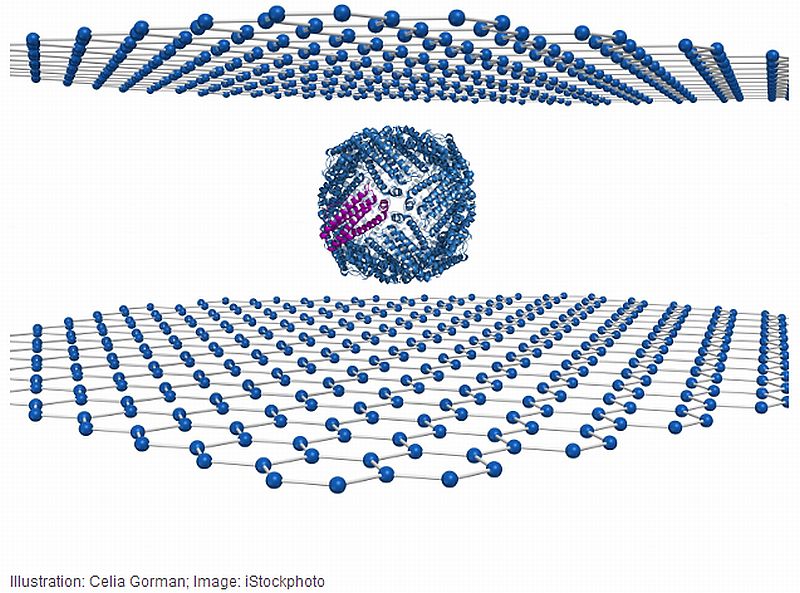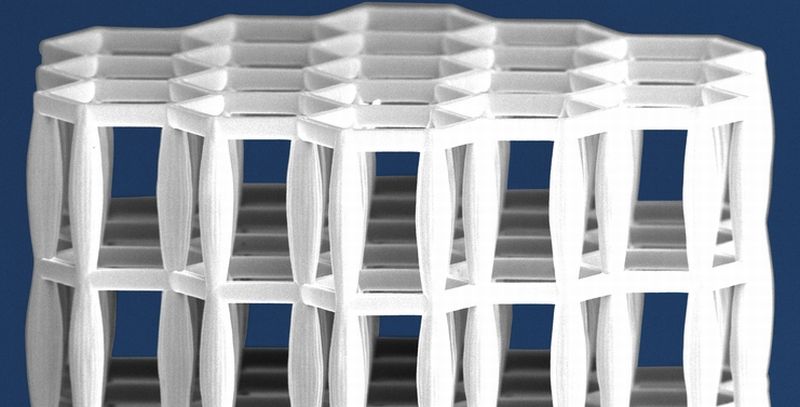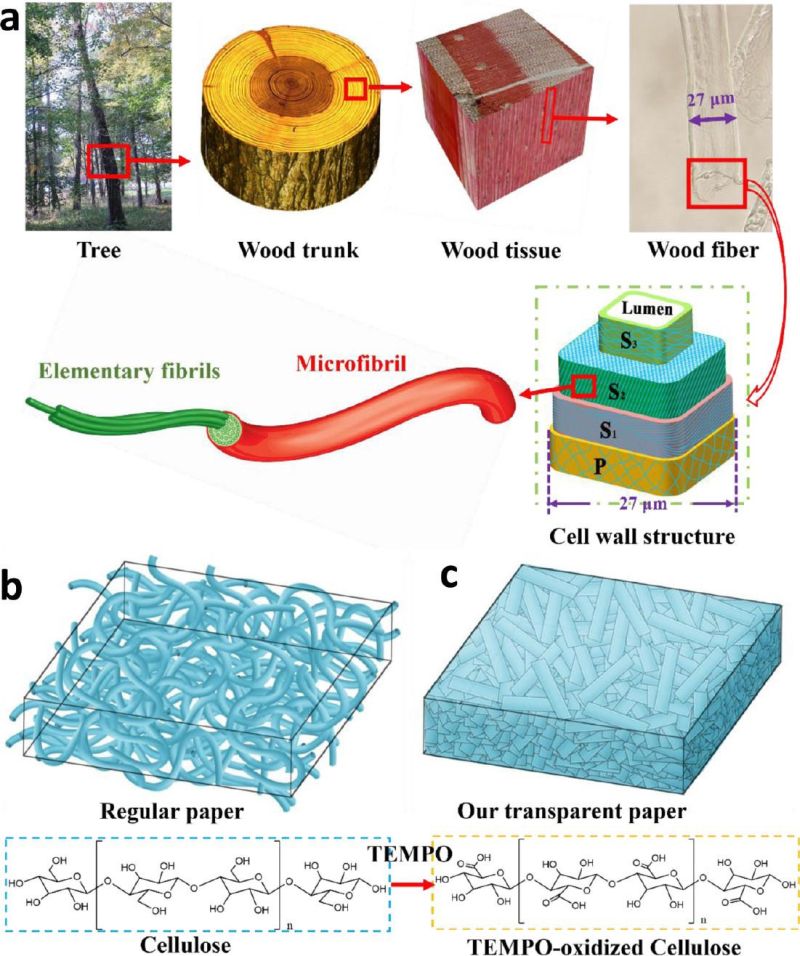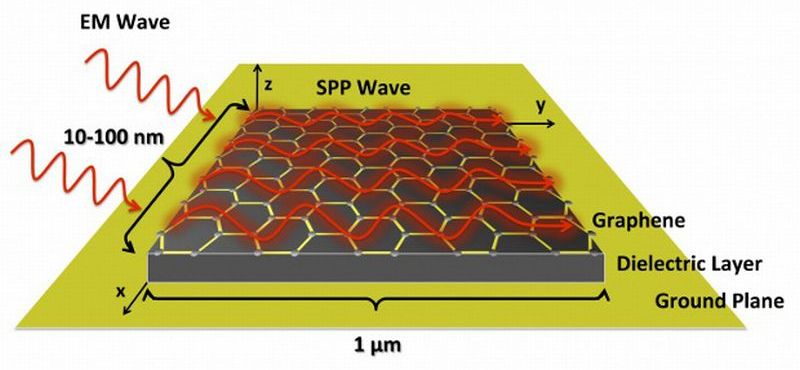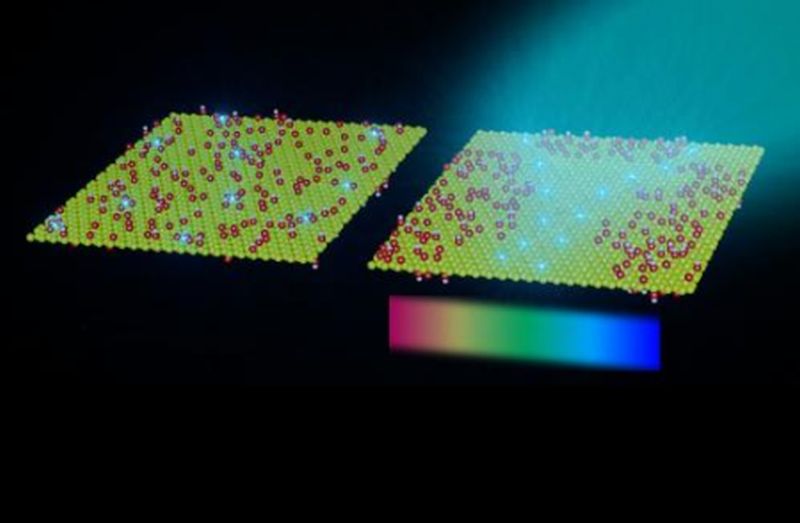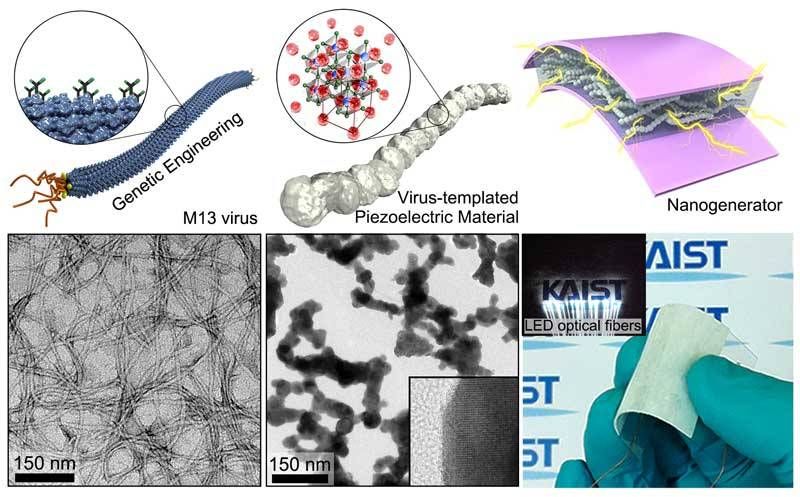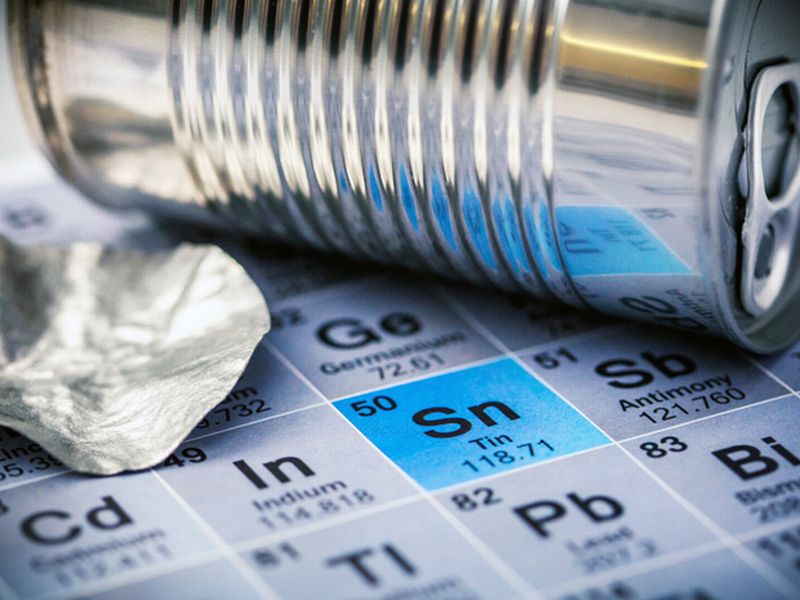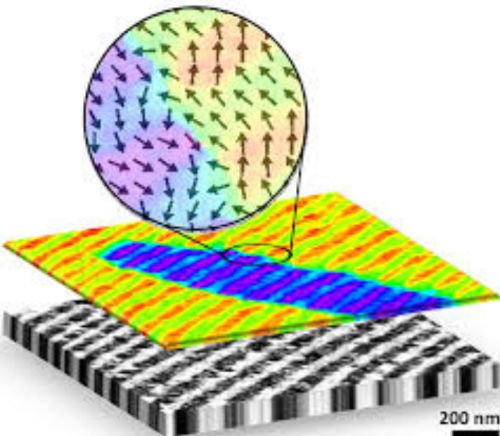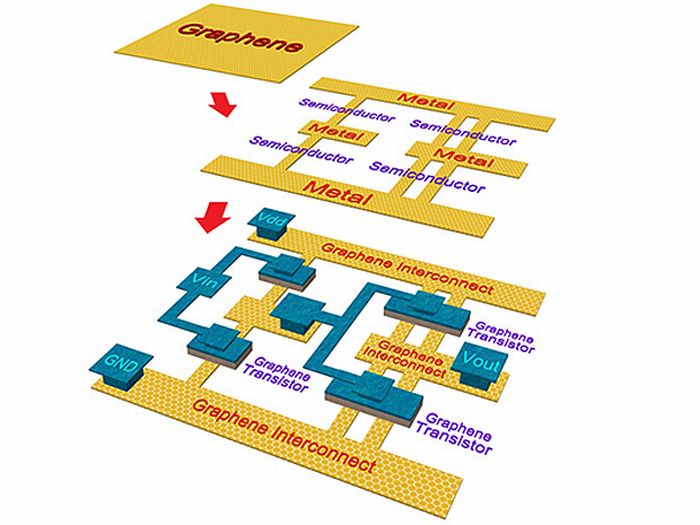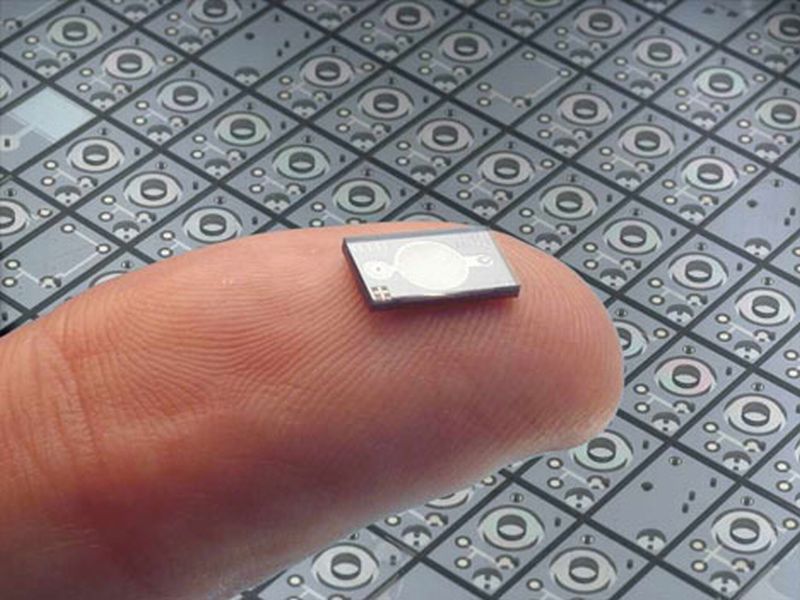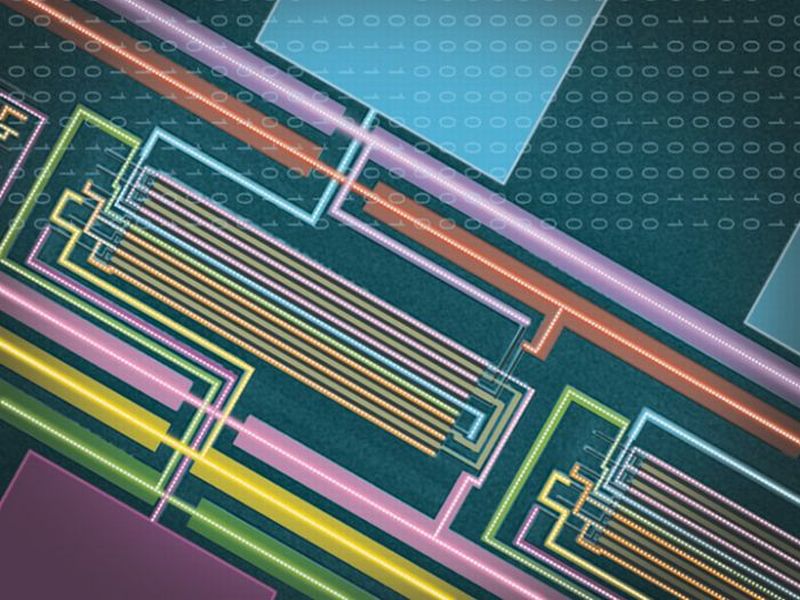Jayan Thomas, an assistant professor at UCF’s NanoScience Technology Center is at the verge of showing a red flag to the conventional 3D television, where one needs to wear the glasses to have a feel of 3D effect. The researcher has already received a grant of US $400 000 to work towards fabricating the materials that would be able to create a 3D image. As per him, he wants to create a TV, which would be something like table, and the images will resonate on top of it and people…
Read MoreTag: nanotechnology
Graphene Morphs From Hydrophobic To Hydrophilic
Graphene is taking the role of Zeus in the fraternity of materials. Its astounding properties come to the fore every time researchers try to do something new with it. Interestingly this time, the material has shown its ‘romantic inclination’ towards water. Its hydrophobic nature allows graphene to repel water however, narrow capillaries fabricated from the material reverses the nature of the same material, turning it into hydrophilic. Rapid permeation occurs when the layer of water molecule is of same dimension as that of graphene itself, that is, one atomic thickness.
Read MoreGraphene Sandwich Results In Higher Resolution Images Of Biomolecules
Biomolecule when sandwiched between sheets of graphene results in a high resolution of atomic level images of the molecule, a rare research put forth by the researchers at the University of Illinois, Chicago. The molecule called ferritin, an iron-storage protein, was imaged in the research. Prior to this method, imaging of any Biomolecule was taken of course with an electron microscope along with a liquid stage container that is placed between thick windows of silicon nitrate to protect the sample from vacuum. Graphene’s superior transparency becomes instrumental in providing an…
Read MoreNew Laser Printed Bone Like Material To Be Both Light And Strong
Humans are curious by nature and this curiosity has led them to morph from Stone Age to Bronze Era. As the centuries progressed, humans too evolved intellectually and hence quenched their thirst for more by reaching solutions technologically. As we can see in the current century, technology is touching its zenith researchers are busy manipulating substances at atomic level so that human race can witness totally new and evolutionary materials. Until now, it was difficult to find or to create bone like material artificially but a team of researchers headed…
Read MoreHigh Haze Paper Might Replace The Plastic Substrates Of Solar Cells
Paper coming from wood fibers would now be replacing plastic substrates that are employed in the manufacturing solar cells. Researchers from University of Maryland, the South China University of Technology, and the University of Nebraska-Lincoln have proposed this evolutionary step towards future technology. As per the researchers, solar cells gives maximum output when the materials involve have high optical transparency and high optical haze. Diffusion of light is of high quality when the optical transparency is high. And high optical haze helps in increasing the scattering of light which further…
Read MoreBeginning Of A New Communication Paradigm For Graphene
Graphene, I am sure, is one of the most sought after materials for researchers across the world today. Just two months back we shed light on how graphene will be replacing silicon in the chips creating revolution in the field of semiconductors and then we talked about the new annealing treatment that might take graphene to the next level. Still curious for more, researchers at the Georgia Institute of Technology claim that they have devised a mechanism through which they can extent the capability of nanoscale antennas fabricated from graphene…
Read MoreNew Annealing Treatment Might Take Graphene To The Next Level
Graphene wafers are the subject of interest for the researchers at MIT and the University of California at Berkeley these days. The 2-dimensional, crystaline allotrope of carbon has huge potential across applications like solar cells, thermoelectric devices and water filtration to name a few but the expensive treatment is becoming a major huddle in its advancement. Therefore, to bring about the material’s versatility the team has put forth a solution, which they claim is inexpensive relatively. Pure graphene does not qualify for any electronic devices but the scenario changes with…
Read MoreNanogenerator Fabricated By Virus Template
Nature has an innate ability of fabricating organic structures at the nano scale, self-cleaning mechanism or water repellence in lotus effect best describes this tendency. Dexterously the leaves of lotus flower repel water. The complex micro and nanoscopic architecture of the surface is responsible for creating physical atmosphere that assist in disengaging water molecules to the leaves. Scientists today are working towards replicating the mechanism by using nature as a template. However, imitating the natural process is not that easy especially when working on the nanoscale, often it requires toxic…
Read MoreStanene Could be The New Building Block For Circuit Structures
Topological insulators by default mean heavy and electron-rich elements however, recent research at sub atomic levels are changing this age-old fact. Researchers have been fascinated with this evolved class of material. According to Wikipedia, A topological insulator is a material with time reversal symmetry and trivial topological order, that behaves as an insulator in its interior but whose surface contains conducting states, meaning that electrons can only move along the surface of the material.
Read MoreMagneto Electric Conversion In BFO Opens Door To Smart Devices
Among the other multiferroics, bismuth ferrite (BFO) has gained an increased interest from research scholars in science and technology. The credit goes to its enhanced magnetization and suppressed current leakage ability. In May this year, three researchers Dovron Rahmedov, Laurent Bellaiche and Rahmedov postulated the multi-functionality of bismuth ferrite (BFO) in terms of electrical polarization, which means, the compound can be magnetized by running an electric current through it.
Read MoreSemiconductors: Graphene Will Be Replacing Silicon In The Chips
Researchers at the International Technology Roadmap for Semiconductors (ITRS) envision that copper-based relay points in silicon chips would very soon become obsolete. All types of interconnections employed in integrated circuits (ICs) will also cover this redundancy. Graphene, as per scientists, will be the next frontier in computing. Traditional silicon-based transistors and metal interconnects were using materials, which were bulky in the sense that it was affecting the feature-sizes and contact resistance problem. So in order to address this issue, researchers in electrical and computer engineering at the University of California,…
Read MoreMEMS Can Be Used For Creating Seismic Network
Seismologists from Italy, Antonino D’Alessandro and Giuseppe D’Anna have postulated that small sensors that are employed for adjusting the screen orientation may assist in creating an urban seismic network. They compared LIS331DLH MEMS accelerometer installed in the iPhone with an earthquake sensor EpiSensor ES-T force. And concluded that MEMS accelerometers can identify earthquakes with magnitude 5 and above especially when located near the epicenter. What is MEMS? MEMS or the Micro-electromechanical Systems is one of those outstanding entity of the twenty first century technology that has seeped deep affecting the…
Read MoreCarbon Nanotubes Now A Successor To Silicon Transistor
Carbon nanotubes, the exotic molecules are coming up as an alternative material to Silicon. In a major breakthrough, a group of Stanford engineers has fabricated a basic computer from carbon nanotubes, which they hope, run faster whilst consuming less energy. Researches from all across the world where working continuously to harness the promising material and finally they are able to see the results.
Read More


